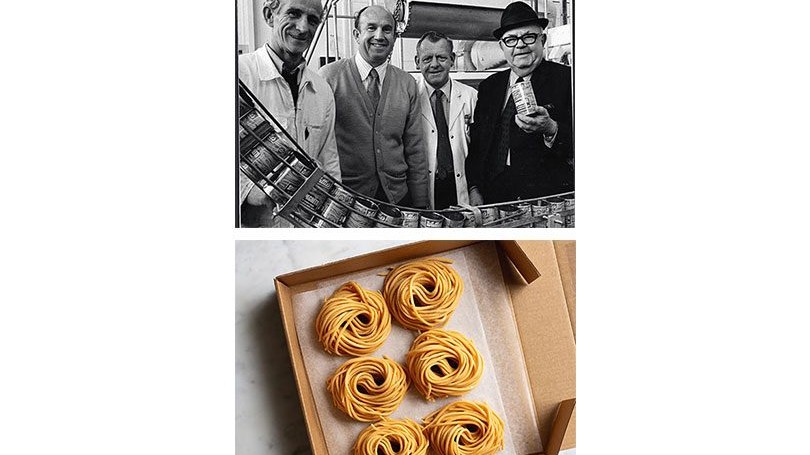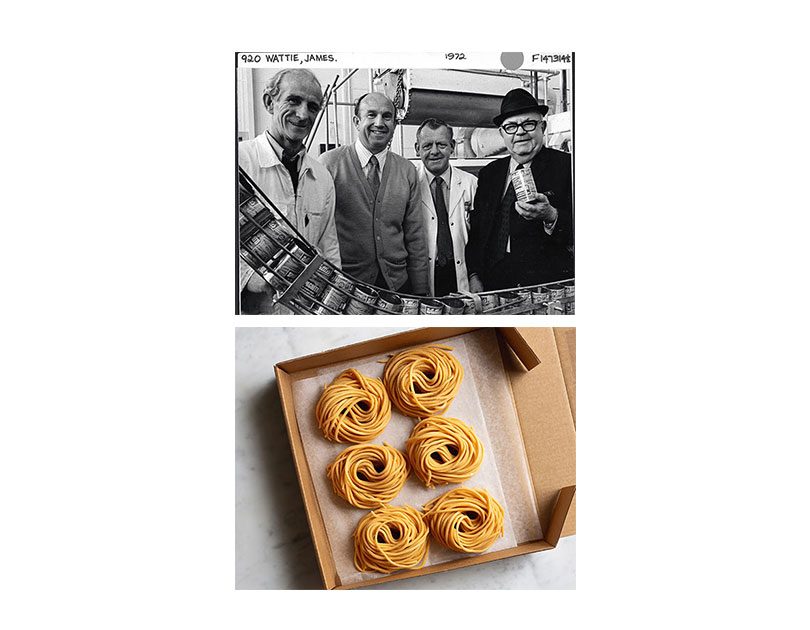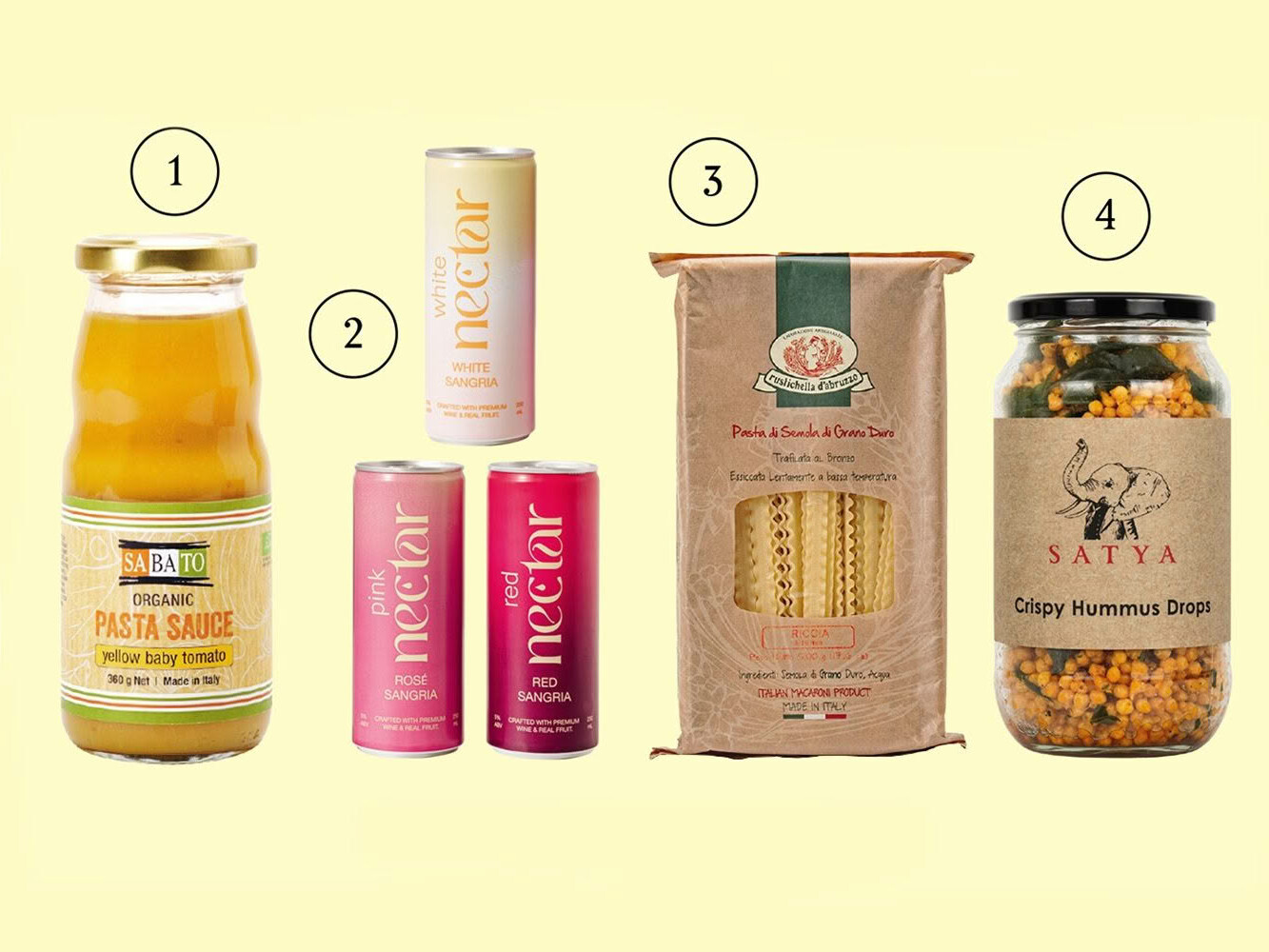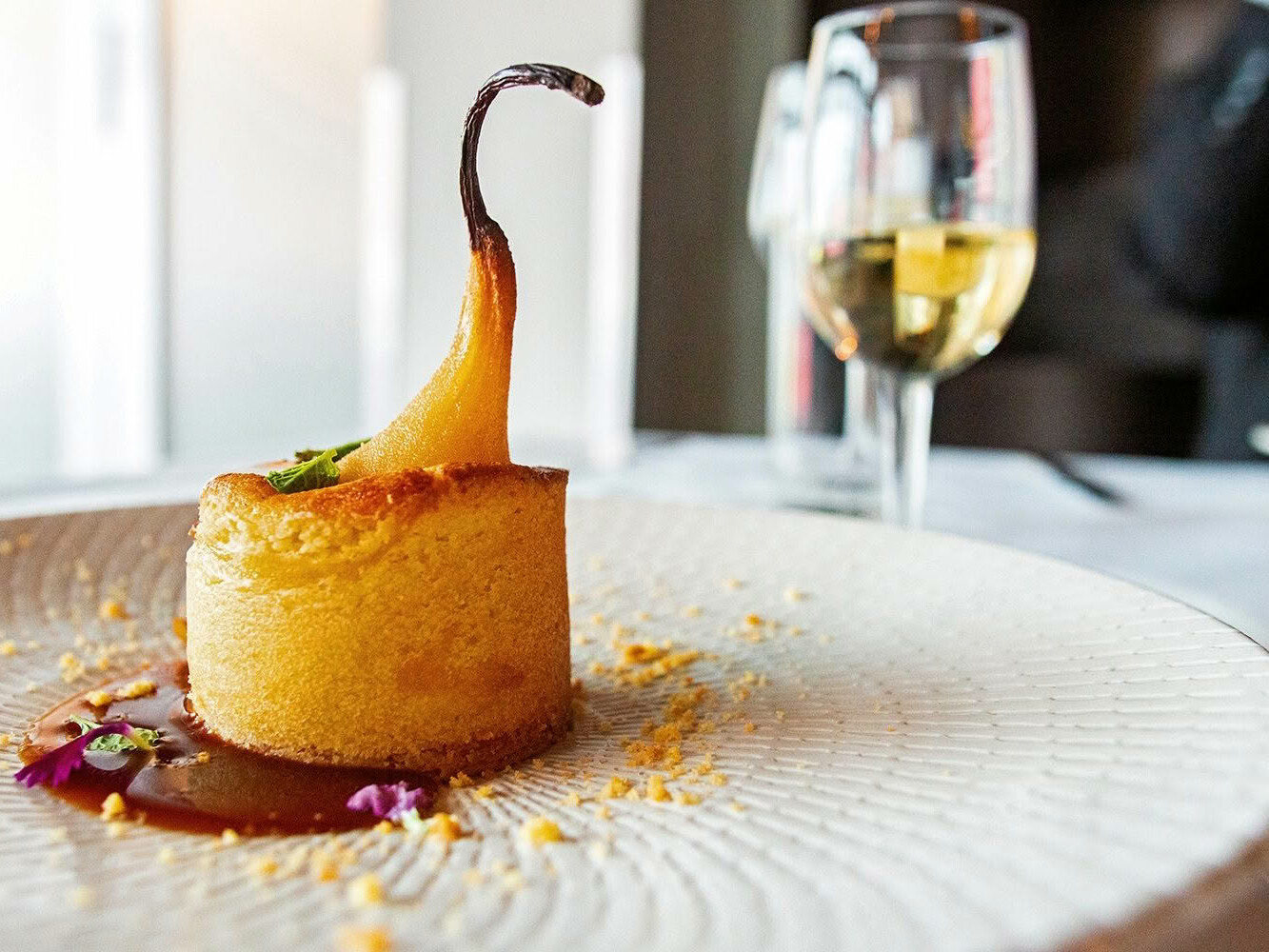From a tin to a gourmet takeaway, pasta retains its popularity, finds Tracy Whitmey.
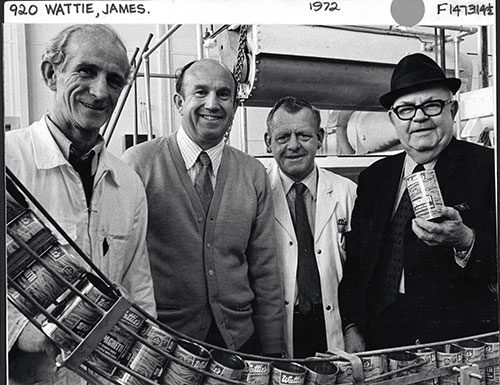
1972
Throughout the 19th and 20th century Italians migrated all over the world driven by war, poverty and wanderlust. Compared to other countries, the numbers settling in New Zealand were small, but their influence on the local culture, most especially in food, has been disproportionate. Early Italian migrants found a limited and uninviting food culture of beef or mutton, tasteless veges and doughy bread, and quickly set about growing, making or sending home for the food they missed – wine, pasta, plum tomatoes, salami and olive oil. So strong were the ties to the food heritage, that when Codelfa-Cogefa brought hundreds of Italian workers to New Zealand to work on the the Tongariro power scheme between 1967 and 1983, it also brought food and wine from Italy to keep them happy.
Slowly these foods seeped into mainstream life, with pasta – cheap and filling – becoming popular. Yet tinned spaghetti (which was first produced by New Zealand manufacturers in the 1930s) was probably the only type of pasta regularly eaten by New Zealanders until the 1950s, when a greater variety of pasta started to be consumed. As more women entered the workforce there was greater demand for time-saving processed foods and ready-made meals and, before the days of domestic freezers and microwaves, convenience came in a can.
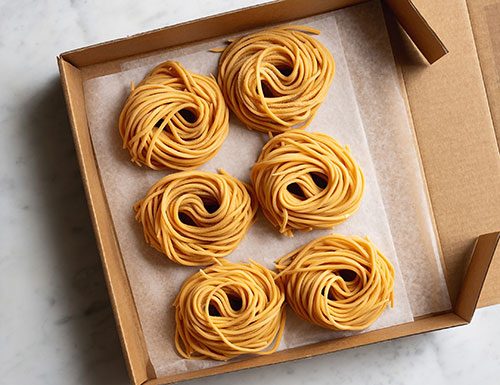
2022
Convenience is still the watchword and while most Kiwi pantries continue to be stocked with canned and packet goods, our choices now include options never even imagined in the 1970s: think instant miso and ready-cooked chickens, delivered-to-your-door meal kits and Uber Eats. Tinned spaghetti remains as popular as ever (Watties say that Kiwis eat 21 million cans of spaghetti a year) but for most Kiwis pasta from a packet is the go, with myriad shapes and styles of dried pasta dominating the pasta aisle. However, there’s still a persistent notion that fresh pasta is the pinnacle and packaged fresh pasta is in most supermarkets now, giving dinner options from basic to as luxe as you like. While pasta is simple to make at home, to be honest how often do you drag the pasta machine from the back of the cupboard? If fresh is best, then handmade and artisan has to be nirvana. So, for those lucky enough to live near a good local pasta maker, such as Pasta e Cuore in Auckland’s Mt Eden, those can’t-be-bothered-to-cook nights can be solved by a box of divine pasta to cook at home. Just heat the ready-made sauce and you have a restaurant-quality meal on the table with no fuss.
SEE MORE FROM CUISINE
Design File / Jessica Crowe / stylist, painter / Whangamatā
Though you may not know Jessica Crowe’s name, if you are a regular…
Traffic July / August 2025
Josh and Helen Emett continue the elegance and success of Gilt, with…

